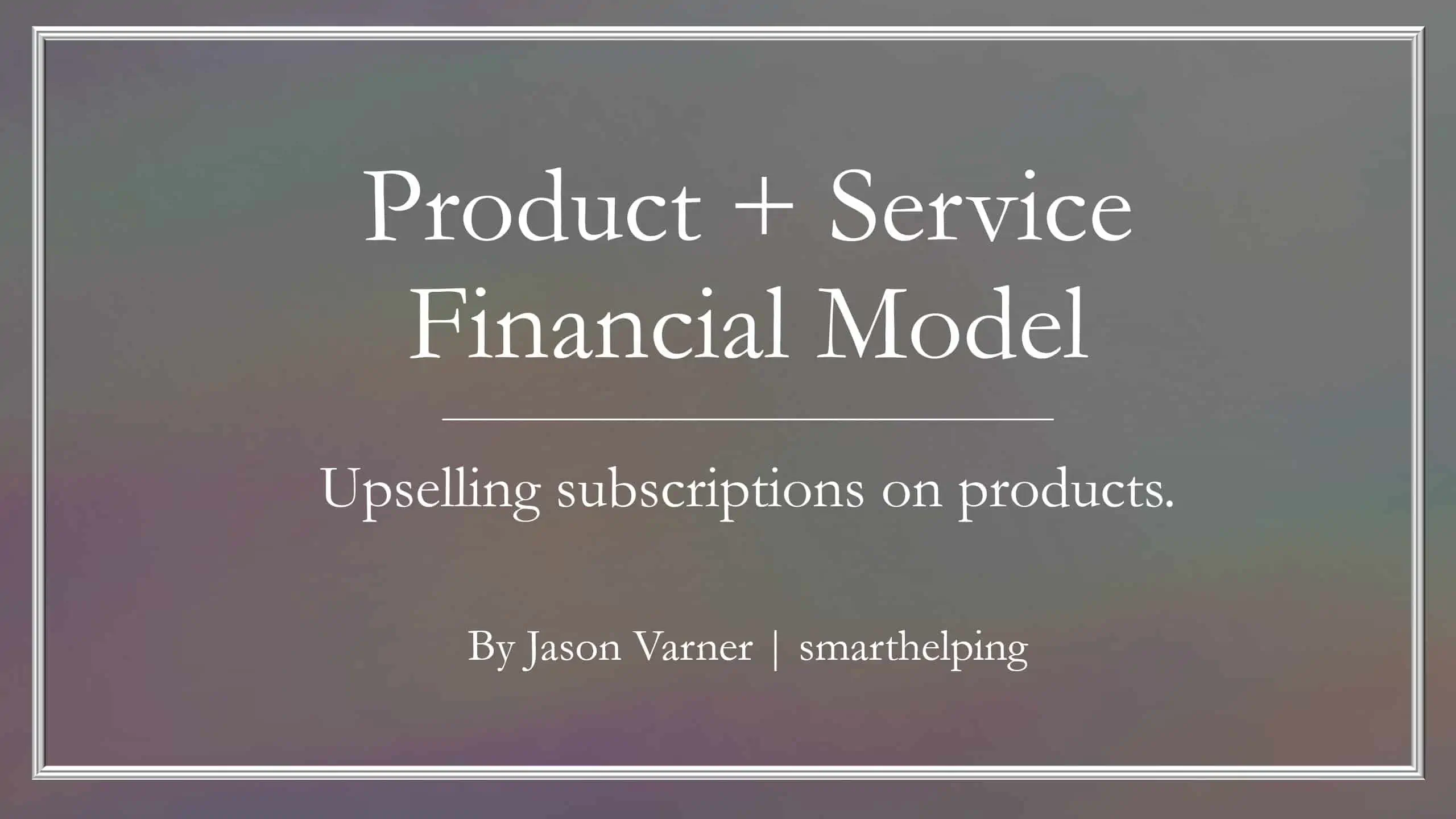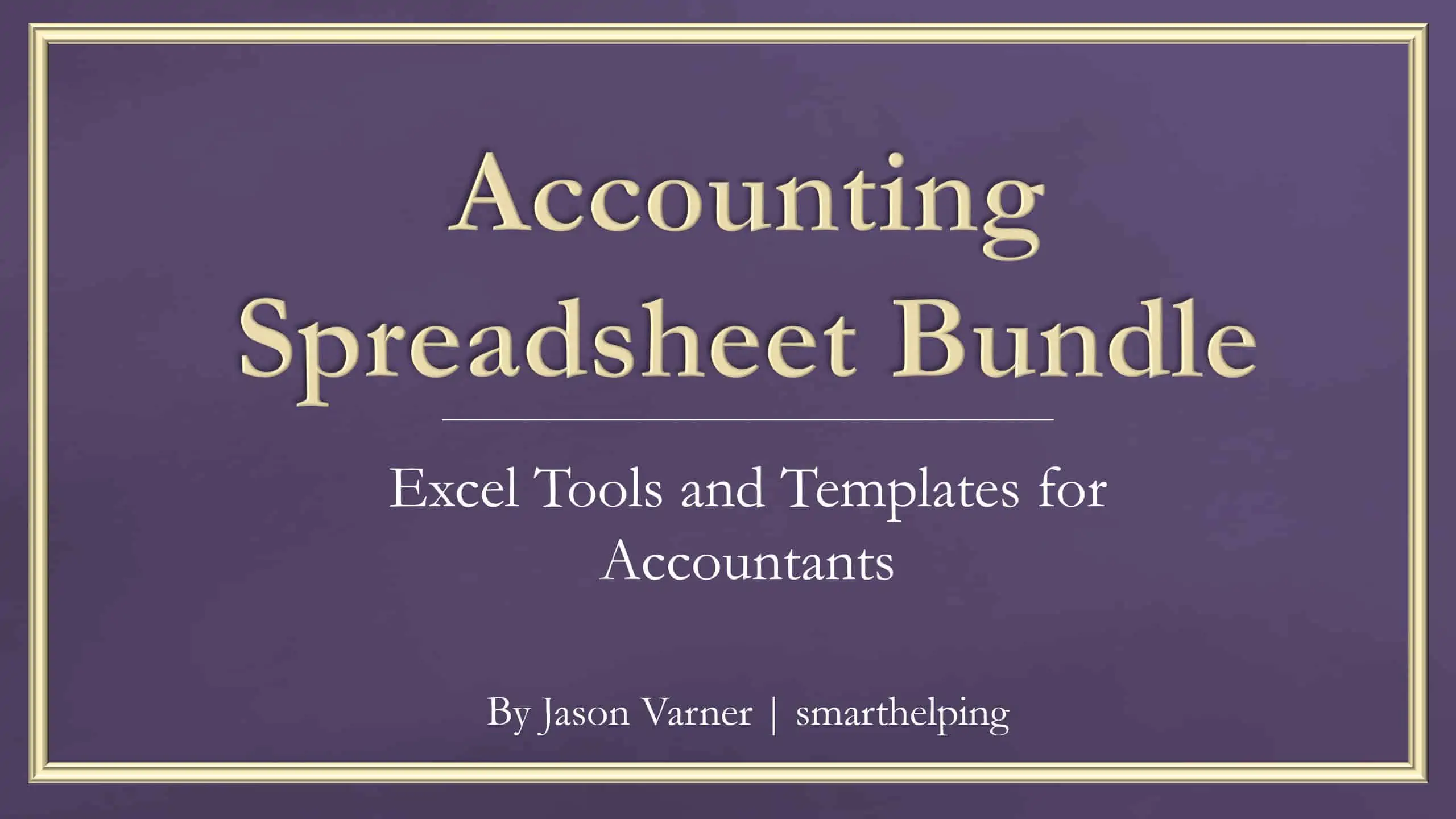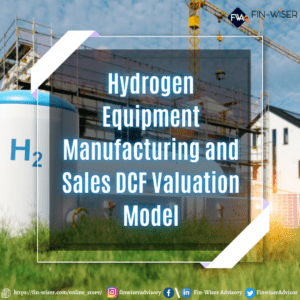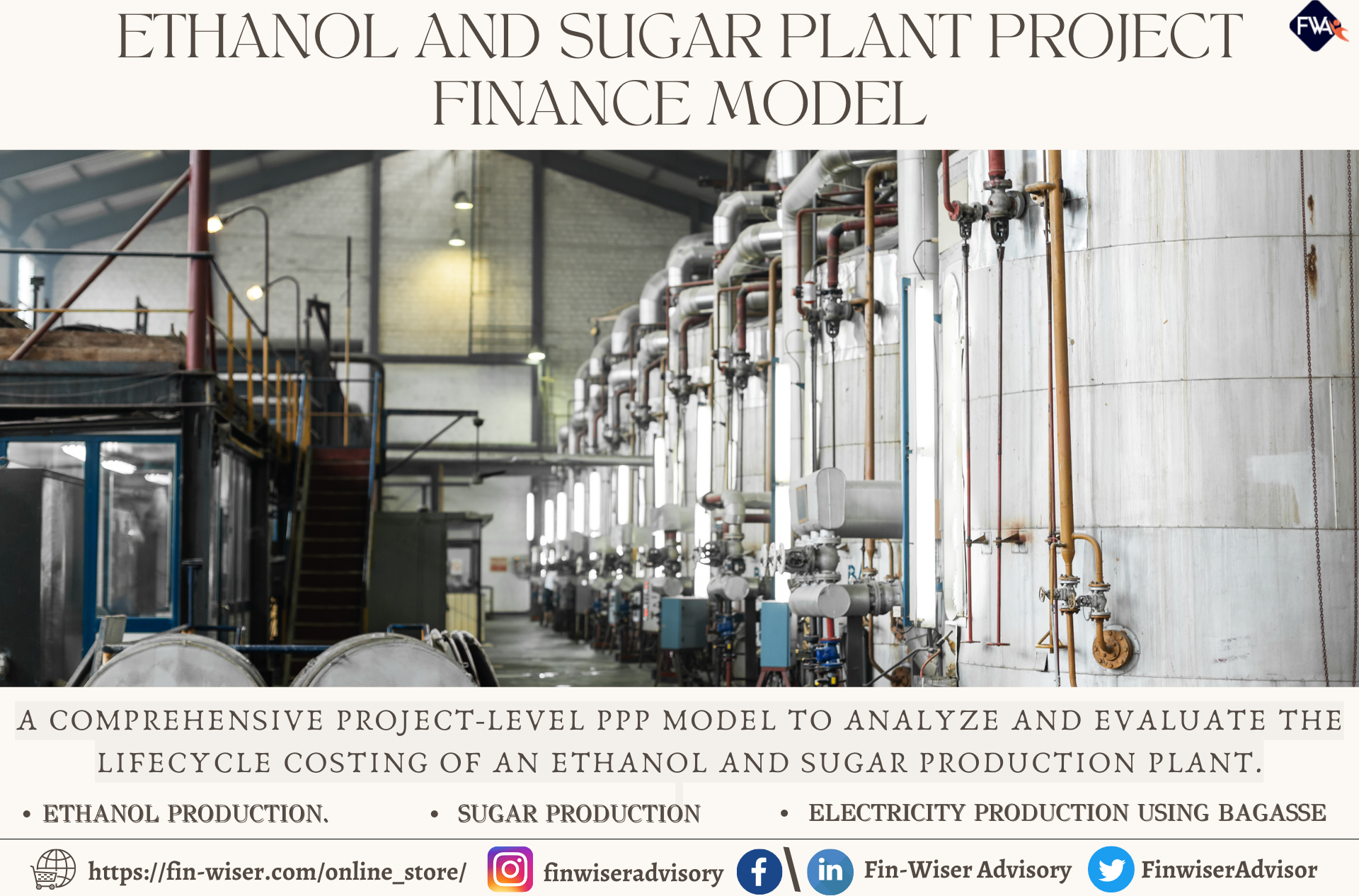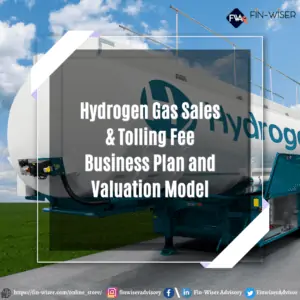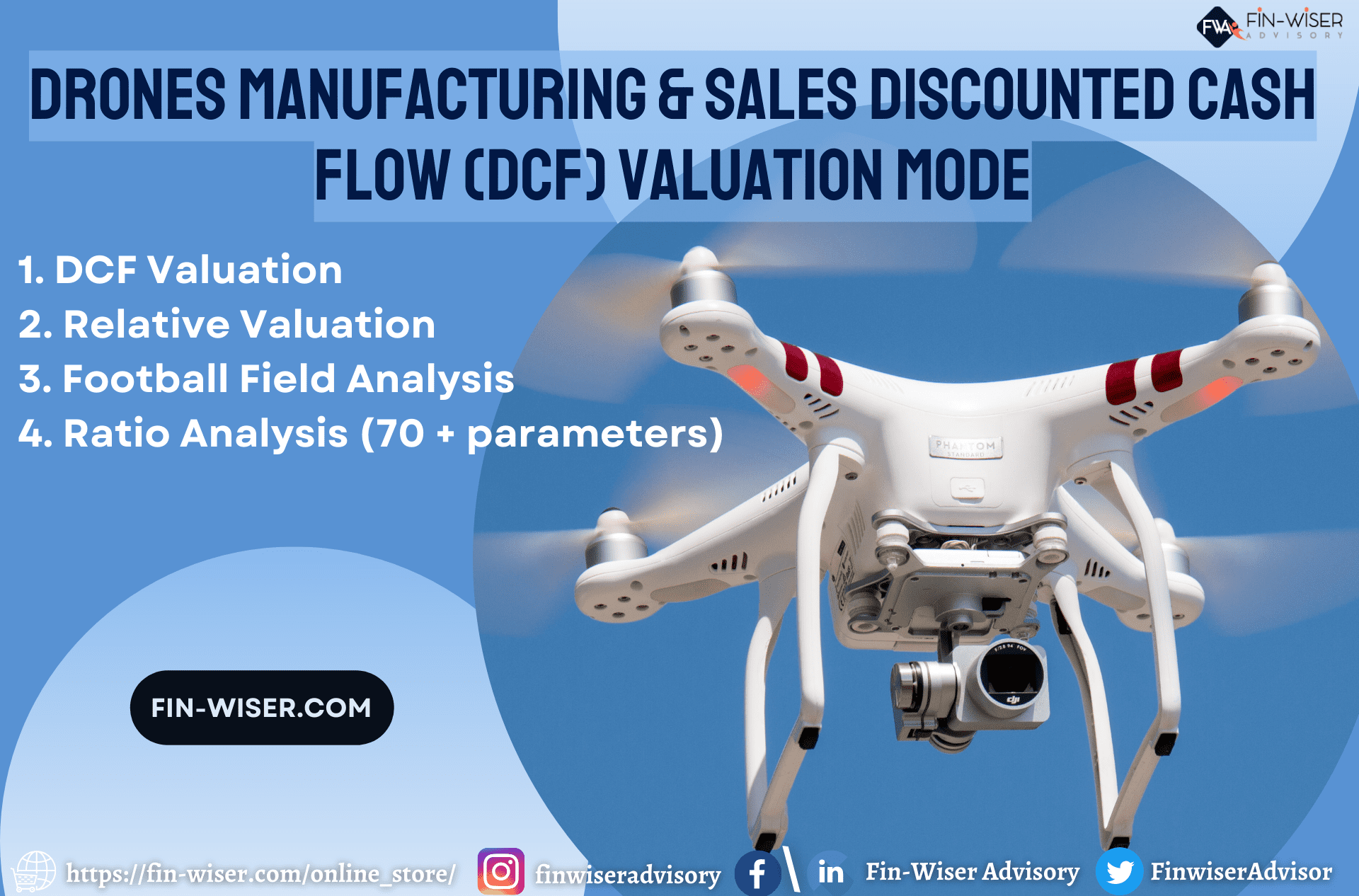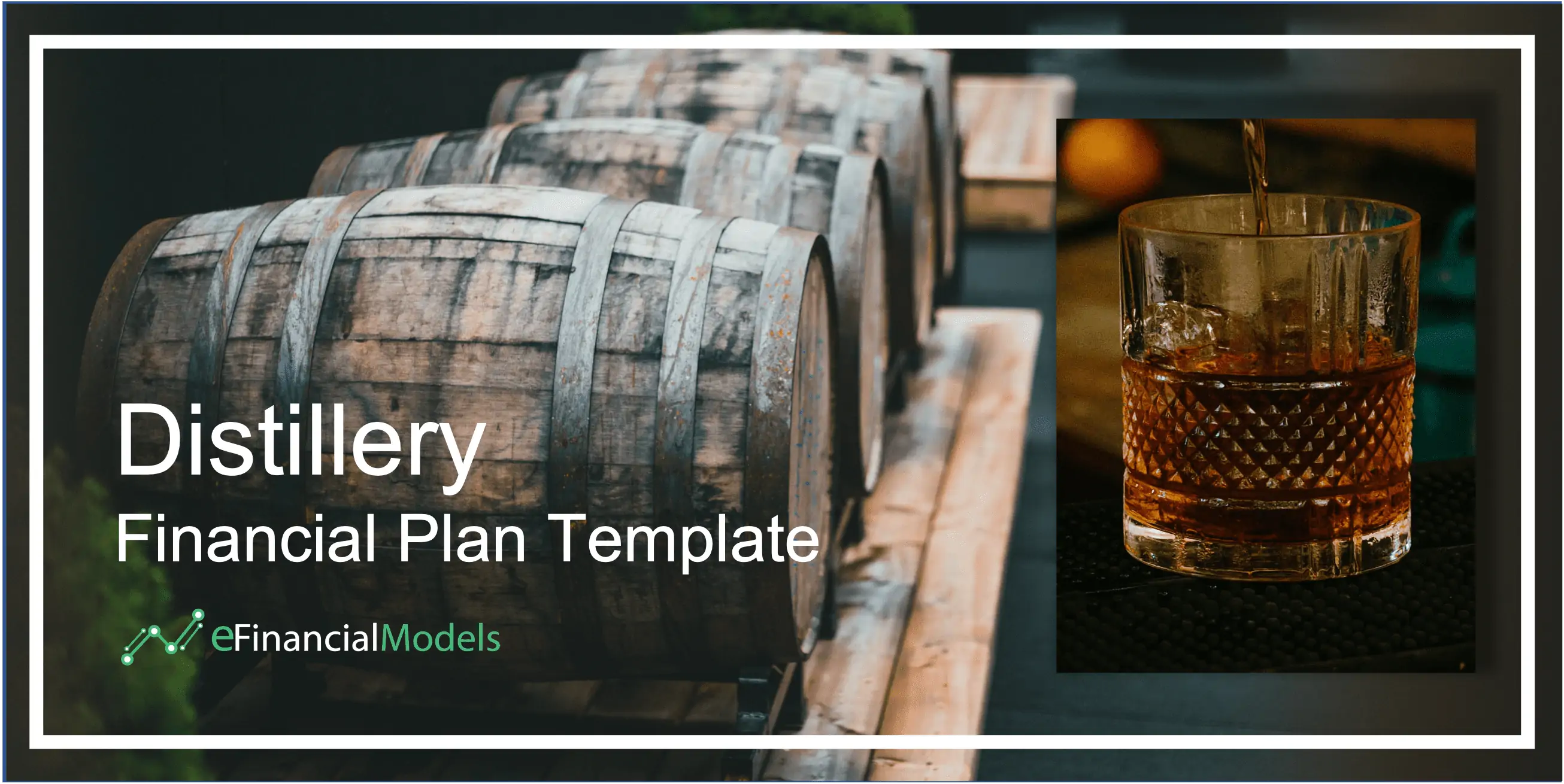Manufacturing Plant – Operating Model – 10 Year
Specific logic structures and assumptions designed to show the resulting financial performance of acquiring and operating a manufacturing plant. Includes 3 statement model and cap table.

Video Tutorial:
Recent Update: Integrated a 3-statement model (Income Statement, Balance Sheet, and Cash Flow Statement) and cap table.
This is a general manufacturing model. That means it is not for any specific type of widget but has the ability to work in nearly any scenario no matter how many widget types and no matter what the situation is. As long as it involves owning/renting a production plant and selling things that it produces, this will be helpful.
There are slots to account for up to 10 different widget types (each ‘type’ can be a group of ‘types’ as well), or it could be a factory that just produces a single type of product. Either way, this model has the logic to fit the scenario.
For each widget type, the user can define the following:
1. max units produced per day
2. max production days per year
3. max laborers required
4. max hours per laborer per day
5. max working days for laborers
6. average pay rate for laborers
7. percentage of equipment used (of the depreciation, how much should be allocated to each type of widget category)
8. percentage of max capacity achieved in each of the 10 years
This is a unique business model in that you have depreciation counted as part of the cost of goods sold, which is a non-cash item. When figuring out final cash flows, this is added back in. There is also logic surrounding the purchase of raw materials and the actual allocation of those purchases. This allows the model to calculate the actual cash flow that happens each period.
There is also a place to enter fixed expenses directly related to production. This would be things like the plant manager, rent of inventory space, rent of plant (if not purchased), property taxes, insurance, and anything else directly related to production. These costs will all be attributed evenly to the units produced in the same period that the costs happened.
Altogether, the model will calculate the following: total units produced by type, revenue, contribution margin, EBITDA, EBIT, EBT, and EAT (earnings after tax), as well as an available cash flow to distribute, which is calculated by: EBITDA less debt service, less income taxes, less equipment, and raw material purchases, plus raw materials assigned in COGS per period, less fixed asset sales, building sale, and exit value upon exit if an exit was chosen to happen in a given month.
There will be inputs to account for potentially raising startup capital from a traditional p+i loan, as well as investors and owners. Based on that, a resulting IRR, ROI, and DCF analysis are displayed for owners/operators as well as investors. The share of profits investors get is configurable.
The cash required is a filler based on the minimum cash position before any equity contributions over the 10-year period (on a monthly basis).
Given the assumptions entered, many visuals are included to provide a quick look at the production performance.
Similar Products
Other customers were also interested in...
Custom Manufacturing (Build to Order) 10-Year Fina...
Unique logic to plan out the feasibility and cash requirements / returns of a made to order manufact... Read more
Product + Subscription Financial Model
Build a strategy for adding recurring revenues services to your product. Includes financial statemen... Read more
Industry Based Financial Models (Variety Bundle)
There are currently 52 unique financial models included in this bundle. Nearly all of that include a... Read more
Accounting Financial Model Bundle
This is a combined collection of Excel and Google Sheets financial model templates for Accounting an... Read more
Hydrogen Gas Equipment Manufacturing and Sales Mod...
This is a very detailed and user-friendly financial model with three financial statements ... Read more
Ethanol and Sugar Production Plant Financial Model
Fin-wiser’s Ethanol and Sugar Plant PPP project model helps users to assess the financial viabilit... Read more
Manufacturing Company Financial Model – Dyna...
Financial Model providing a dynamic up to 10-year financial forecast for a startup Manufacturing Com... Read more
Hydrogen Gas Sales & Tolling Business Plan an...
Hydrogen Gas Sales & Tolling Fee business plan and valuation model is an excellent tool to asses... Read more
Drone Manufacturing & Sales – Discounted Cas...
This is a very detailed and user-friendly financial model with three financial statements i.e. Incom... Read more
Distillery Financial Plan Template
This Distillery Financial Plan template prepares a sophisticated financial plan for a small distille... Read more
You must log in to submit a review.















